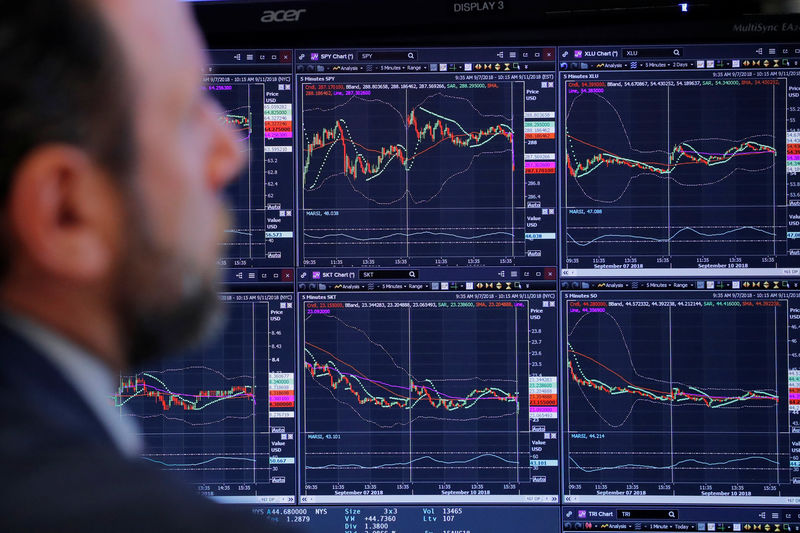Iconic Danish toymaker Lego has spent years focusing on its product markets, but now it will be making a change from within.
The childhood favourite announced on Wednesday that it will be transitioning from fossil fuel-based plastics, currently the key component of its toys, to more expensive renewable and recycled alternatives.
Profits in face of broader decline
The company reported a 26% rise in profit for the first half of the year, reaching 8.1 billion Danish krone (US$1.2 billion), with sales to consumers increasing by 14%, far outpacing the broader toy market.
Lego’s impressive financial performance comes amid a broader downturn in the toy industry, where consumer spending on non-essential items has decreased.
In an interview with CNN, CEO Neils Christiansen pointed to Lego's enduring appeal across ages and interests.
He attributed the brand’s success to its strong connection with consumers worldwide, even as other toy companies face declining sales. Hasbro (NASDAQ:HAS), for example, announced plans to cut 20% of its workforce late last year due to a drop in sales.
Lego produces billions of plastic bricks annually and has been experimenting with more than 600 different materials in its quest to replace oil-based plastics by 2030.
While the search for a completely new material has seen limited success, the company is now focusing on reducing the oil content in its bricks by investing in certified renewable resin.
This material is up to 70% more expensive than traditional plastics, but Christiansen believes the investment is necessary to drive production and encourage manufacturers to scale up.
“This means a significant increase in the cost of producing a Lego brick,” Christiansen told Reuters.
Consumers will not bear increased costs
Despite the higher costs, Lego is committed to absorbing these expenses rather than passing them on to consumers.
“With a family-owner committed to sustainability, it’s a privilege that we can pay extra for the raw materials without having to charge customers extra,” Christiansen said.
Lego is on track to ensure that over half of the resin used in its bricks by 2026 is certified according to the mass balance method, an auditable process that traces sustainable materials through the supply chain.
This is up from 30% in the first half of 2024. The company aims to make all its products from renewable and recycled materials by 2032.
The decision comes as major oil companies continue to invest in petrochemicals, leading to a surplus of cheap virgin plastic.
This plastic, derived from fossil fuels, is currently much cheaper than sustainable alternatives. Despite these challenges, Christiansen remains optimistic, noting an increase in activity and willingness to invest in renewable materials compared to a year ago.
